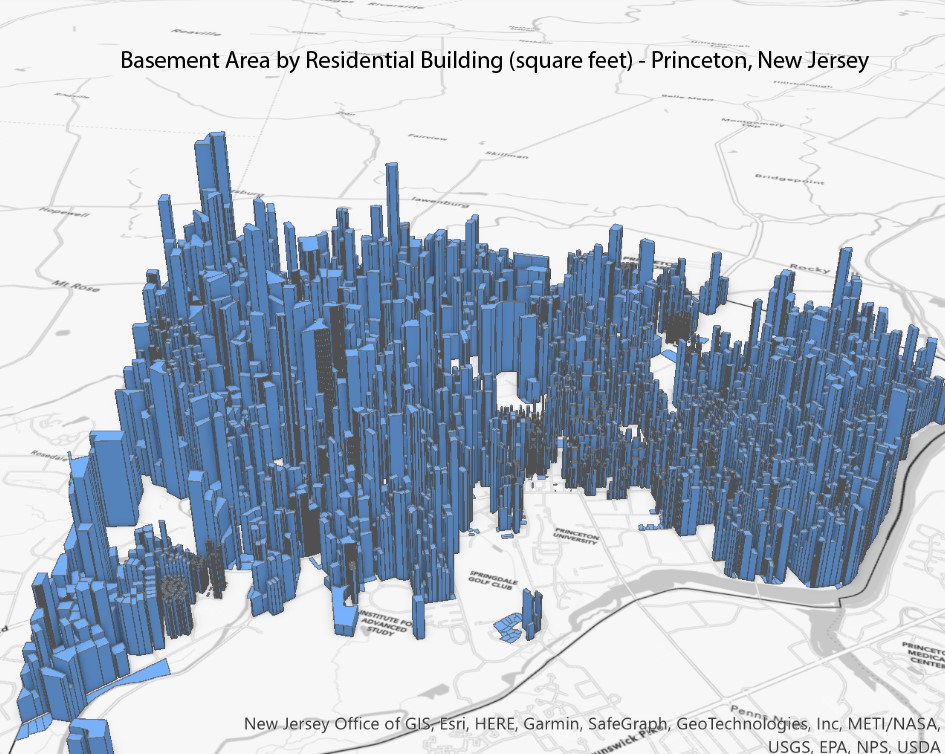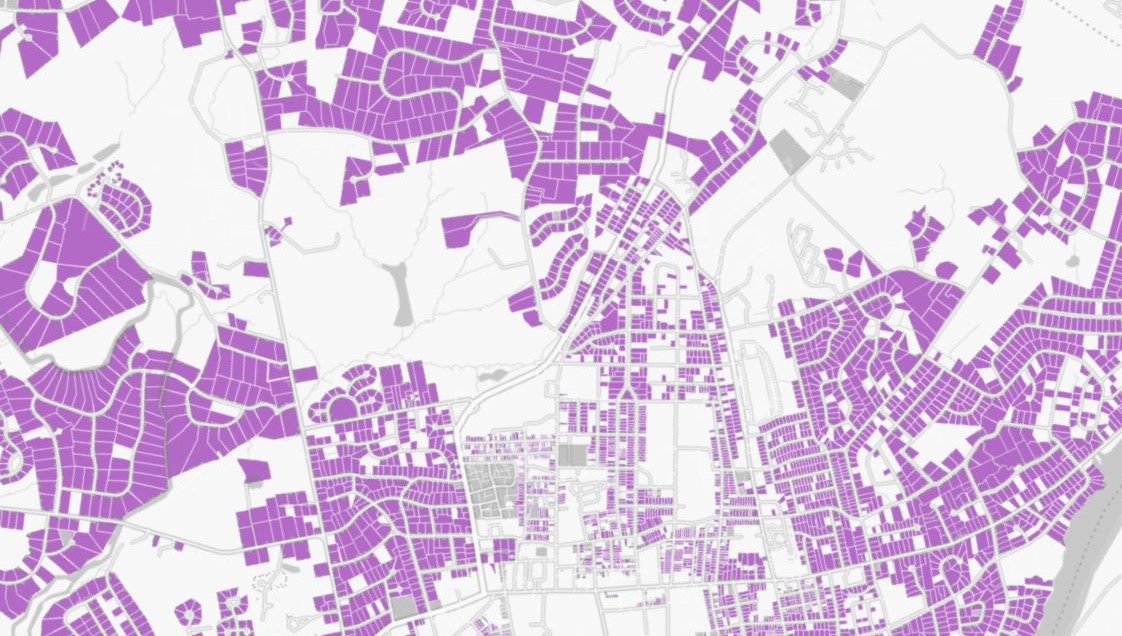By Ivan Melchor
Does landscape form generate society? This is the question posed by Anthropologist Anna Tsing, whose fieldwork in Sorong, Indonesia tracks how rampant mining and construction of impervious concrete infrastructure transforms the city into a ‘pinball machine’ where mud and water interact, ricochet, and respond to this human development, causing the local landscape to flood.[1] The question is applicable in many contexts, none more fitting than in the floodplains of New Jersey.
Instances of hurricanes are attributed a great deal of importance, and rightly so, but so often the dialogue in the aftermath seems to mirror one another. The common conversation topics post-hurricane includes the following: a critique of the federal government’s response, analogies of negative health outcomes that cannot be quantified, and metrics of the subsequent flooding indicative of the worsening consequences of climate change.
Climate events should be taken seriously, and sea level rise is undoubtedly a reality that coastal communities like Fire Island, a barrier island off Long Island, New York, are wrestling with already.[2] But what is lost in this echo chamber is a discussion around how the human imposed landscape interacts with rather than reacts to these climate events. Often the dialogue around climate change is future-focused, geared towards generating new technologies and infrastructures. The consequences and answers to climate change are situated in the language of tomorrow but weight should also be placed on the history of the infrastructure in place and what could be recreated with the footprint we’ve already constructed.
I propose two entry points from which to interrogate the issue of flooding in NJ: the concept of the basement and the ‘unbuilding’ of a structure’s footprint.
Historically, the basement has been a common feature of residential buildings in New Jersey. Internet research quickly reveals a vague history explaining its use to deal with freezing pipes, supposedly critical to the infrastructure of the home. A review of FEMA flood claims filed in New Jersey revealed that 78% of claims filed by residential owners were for buildings with a basement.[3] A finding indicative not of causality but rather of how commonplace basements have become.

Last year, the VizE Lab for Ethnographic Data Visualization at Princeton University obtained tax and property value data from the town of Princeton, NJ in order to visualize their widespread use. Figure 1 illustrates basement square footage per residential home to represent the below ground impact of development.
Constructing a basement in an area with a high water table can lead to recurring flood problems, making homes susceptible to ankle deep waters after a heavy rainstorm never mind a hurricane. The displacement of soil in order to accommodate these structures can further concentrate stormwater runoff, worsening flooding effects in areas with already high impervious coverage.
Conversations with local zoning officials regarding the issue often contain a cynical undertone. They suggest that new houses are being developed and old houses redeveloped with increasingly large basements despite warnings because they increase property value. And while there may be truth in that claim, it is stated that below-grade living spaces recoup up to 70-80% of the construction cost but do not often result in a gain on investment. [4]
A plausible alternative is that the idea of ‘livable space’ is an expression of our cultural behavior; the increased isolation of single-family zoning in towns such as Princeton reinforce the notion of “private property” and make us less likely to interrogate the issues occurring within our “homes.” Figure 2 highlights how widespread low-density housing has become in Princeton, NJ for example.

There is also the question of what materiality our infrastructure takes on. Susan Bristol, a policy director at the Watershed Institute in New Jersey, proposes the concept of ‘unbuilding’ as a design practice to lighten our footprint on both the environment and the ground.
Unbuilding would mean returning some of the understory of buildings to pervious surface area rather than only resorting to concrete pours at grade irrespective of environment. This would allow for water to flow horizontally through the building’s footprint rather than creating combative infrastructure.[5]
Both the discussion of basements and the concept of ‘unbuilding’ invite us to think about space, not only how much of it we use but also what materials sustain its life force. The message of resiliency is commonplace, but our infrastructure must not only withstand climate events, but also be ready to interact with external forces such as stormwater.
What the ‘pinball machine’ effect reveals is that communities (and more explicitly property owners) continuously act upon their environment, changing its expression. Zoning laws and development serve as an archive of what a community has become, yes, but also generate a new interpretation of society, obfuscating issues that are ‘out of sight’ but that should be interrogated by urban planners and policymakers alike.
Citations
[1] Anna Tsing, “Stop Blaming Global Warming: A Pinball Model of Chronic Flooding in Sorong, West Papua” (Clifford Geertz Commemorative Lecture, Princeton University, Princeton NJ, March 30, 2023).
[2] Liam Stack. “Millions were Spent to Fix Fire Island’s Beaches. Some Have Completely Eroded.” New York Times, August 11, 2023.
[3] FEMA (2023). FIMA NFIP Directed Claims – v2 [Dataset]. https://www.fema.gov/openfema-data-page/fima-nfip-redacted-claims-v2
[4] Remodeling.com, “Basement Remodel,” accessed on August 19, 2023.
[5] Susan Bristol (2022). “‘Unbuilding’: Out of sight/Out of mind.” AIA New Jersey.

Ivan Melchor is a Data & Research Assistant with the VizE Lab for Ethnographic Data Visualization at Princeton University. He is interested in how the language of climate change generates possibilities for current and future human development. He is part of a team of academic researchers hoping to produce a documentary on NJ flooding in 2024.
Edited by Kathryn Cunningham
Featured image courtesy of Ivan Melchor

